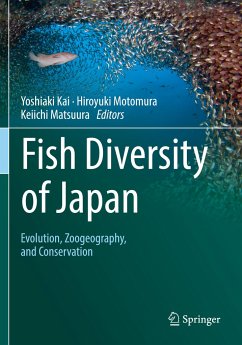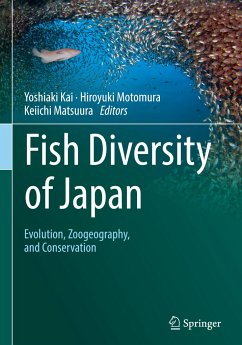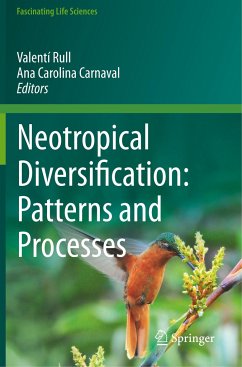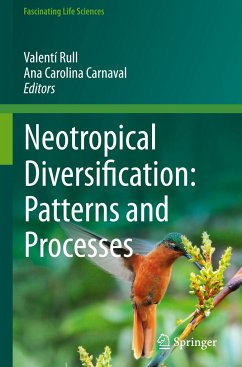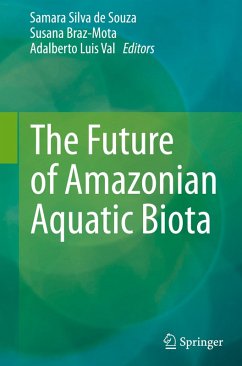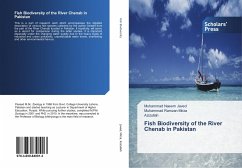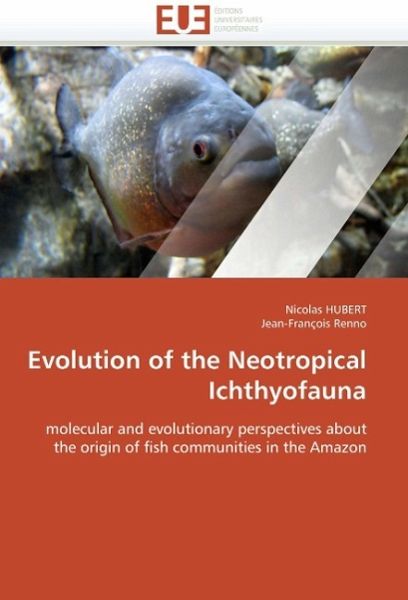
Evolution of the Neotropical Ichthyofauna
molecular and evolutionary perspectives about the origin of fish communities in the Amazon
Versandkostenfrei!
Versandfertig in 6-10 Tagen
36,99 €
inkl. MwSt.

PAYBACK Punkte
18 °P sammeln!
Rivers and lakes of South and Central America host 6000 fish species representing 30% of the world freshwater fish diversity. Despite an increasing interest from the scientific community in understanding the origin and processes that rose extant diversity to such levels, the biogeography of Amazonian fishes remains largely unknown. Yet, recent molecular studies pointed to the importance of the orogenic activity of the Andes, the marine highstand of the late Miocene, the climatic fluctuations of the Pleistocene or headwater capture events for the dynamic of the Amazonian biodiversity. This know...
Rivers and lakes of South and Central America host 6000 fish species representing 30% of the world freshwater fish diversity. Despite an increasing interest from the scientific community in understanding the origin and processes that rose extant diversity to such levels, the biogeography of Amazonian fishes remains largely unknown. Yet, recent molecular studies pointed to the importance of the orogenic activity of the Andes, the marine highstand of the late Miocene, the climatic fluctuations of the Pleistocene or headwater capture events for the dynamic of the Amazonian biodiversity. This knowledge, however, concerns terrestrial biotas thus leaving the evolution of the Amazonian fish communities largely unexplored. In the present contribution, the potential impact of such events on the evolution of Amazonian fishes has been addressed through a combined use of biogeographic, phylogenetic and phylogeographic approaches at several spatial scales.



